Travelling Canada in winter is beautiful and exceptionally rewarding. Few people take up the opportunity, leaving the winter wonderland of Canada untouched and uncrowded. Winter travel in Canada doesn’t come without challenges, however.

9+ winters in Canada have taught me a trick or two to avoid the main difficulties and this guide will help you enjoy the best this season has to offer as well.
Here’s what to expect:
- Why visit Canada in winter?
- The best places to visit
- The best things to do
- Travel practicalities
- Weather
- What to wear
- Winter driving
I’ll start with sharing some of many reasons why you should consider a winter getaway in the Great White North!
This post includes affiliate links. If you make a qualifying purchase through one of these links, I receive a small percentage at no extra cost to you. Thanks for supporting our site.
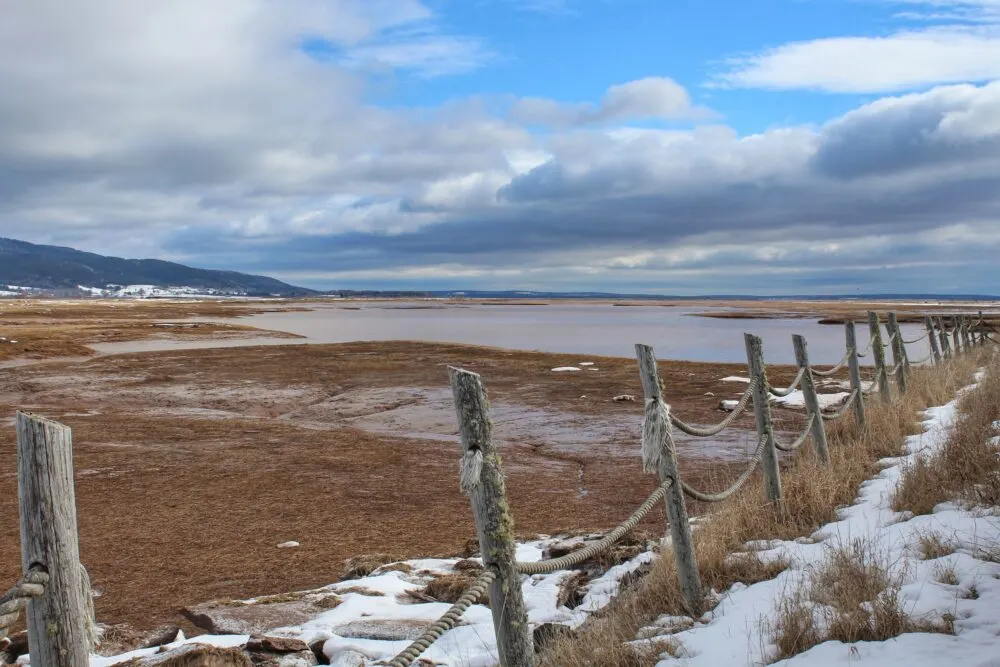
Why visit Canada in winter?
While world-renowned for its natural beauty, Canada doesn’t often feature highly on the top of winter destination lists. I think it should and here are just a few reasons why:
Outdoor activities
When most people think of visiting Canada in winter, it is likely that skiing and snowboarding is a consideration. There’s a good reason for this too, with some of the best powder in the world to be found in Canada, at ski resorts and also in the expansive backcountry.
But there’s much more to Canada in winter than just the skiing – consider ice fishing, skidooing (snowmobiling), snowshoeing, snow tubing, cross-country skiing, skating and more.
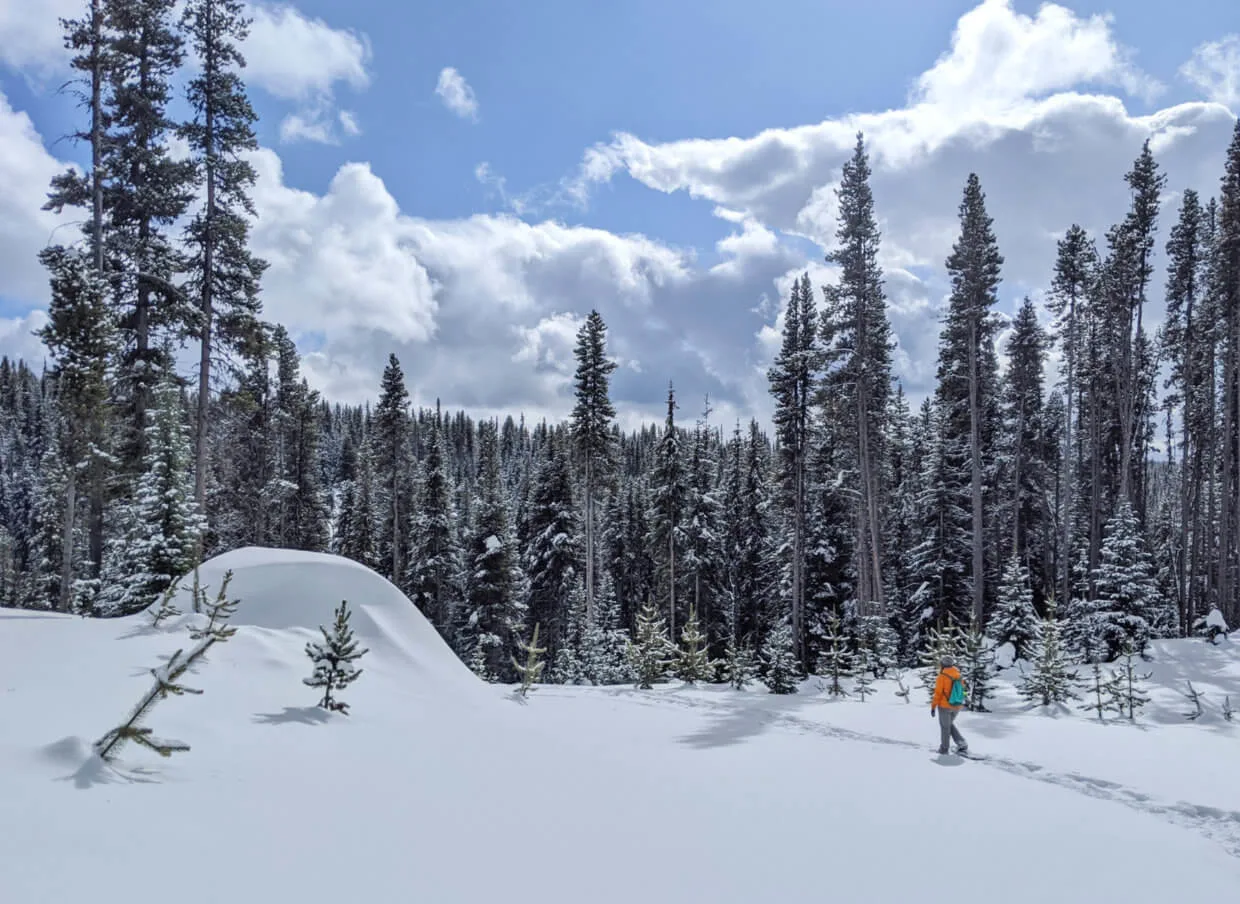
Festivals and events
Canadians know how to make the most of winter. Across the country, the winter schedule is full of festivals and events to celebrate the chill.
In comparison to those held in summer, winter festivals in Canada tend to be more on the imaginative side, highlighting some of the more unusual aspects to the season.
Not just for locals, the biggest winter festivals attract thousands of people from around the country and further afield.
The beauty of a Canadian winter
Walking in a winter wonderland is simply magical. The crisp powder underfoot, blanketed trees, frozen lakes, drifting snow, trickling icicles, the white silence.
Imagine a log cabin in the centre of it all with a wood burning fireplace, chimney puffing away above. It’s a picture-perfect scene most often seen on Christmas cards.
It is also a reality you can experience while visiting Canada in winter.
Read Next: How To Start Hiking in the Winter (Without Freezing!)
Cheaper accommodation and flights
There’s no question about it, travelling Canada in winter is usually cheaper than in summer. The main reason for this is the drop in accommodation and flight prices.
Responding to the lower demand, Canadian hotel prices in winter can be extremely cheap. This is particularly evident in the city of Niagara Falls. When we visited in December, we paid $69/night for a room that would typically have a nightly fee of $350 or more in the summer.
Wildlife watching
As the cold temperatures approach, many animals in Canada head south or go into hibernation. Some other animals, however, do the exact opposite and become more active in the winter.
Those visiting Canada in winter have the chance to see animals that are otherwise difficult to see during the rest of the year. The iconic moose does not hibernate, nor the caribou, bison, mountain goats or majestic lynx.
The Aurora Borealis – Northern Lights
Canada is one of the best places in the world to see the Aurora Borealis, more commonly known as the Northern Lights. The long, dark nights provide ideal conditions to see this amazing phenomenon.
Yellowknife (NWT) and Whitehorse (Yukon) are both in the ‘auroral zone’ and hence are popular winter destinations in Canada to see the lights. It is also possible to see them further south too, you just have to time it right!
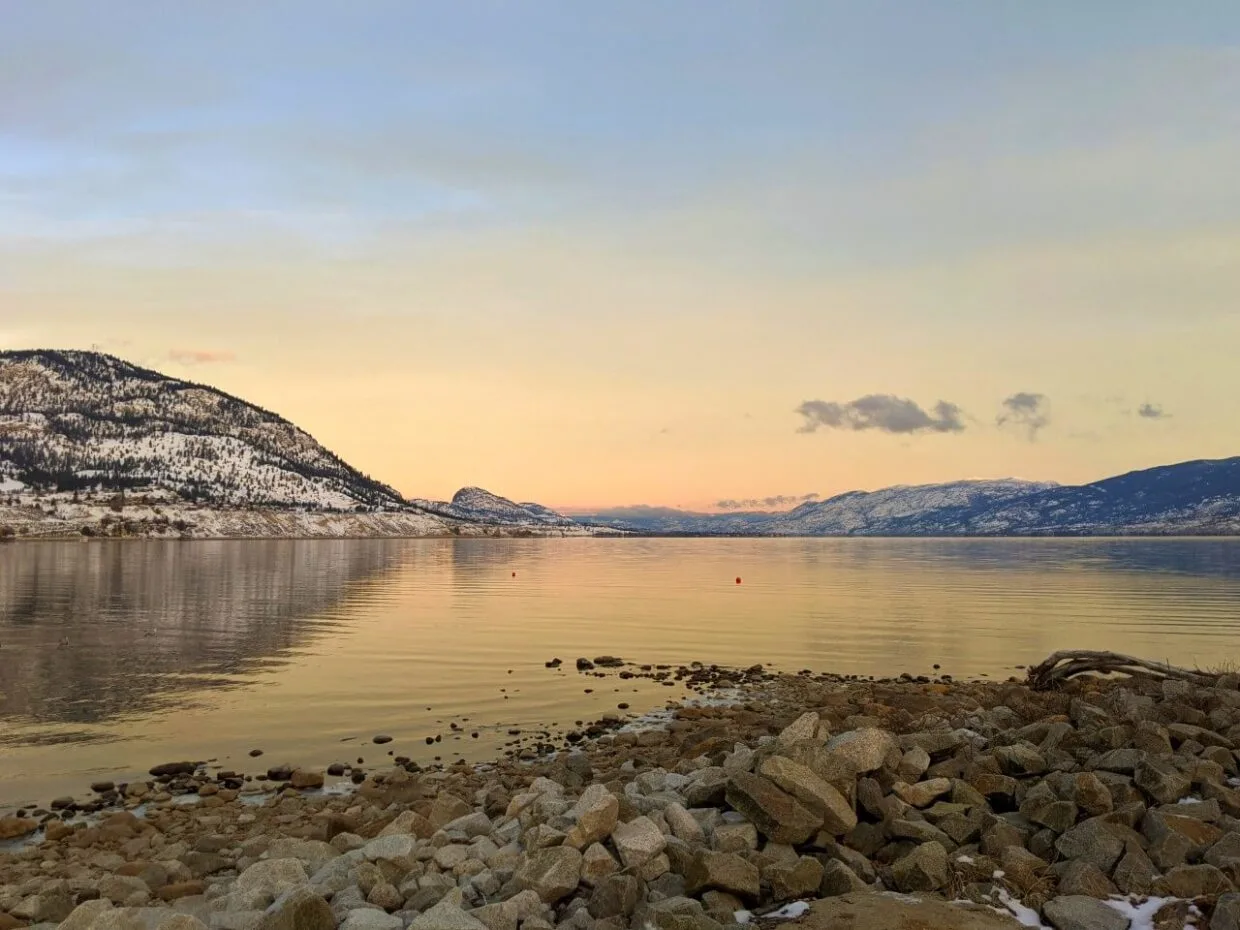
Lack of crowds
The busiest visitor season in Canada is, by far, summer. Parking lots are full, roads are busy, popular restaurants have a queue out the door and the most famous lakes in the Canadian Rockies are lined by bus tours.
Visiting Canada in winter is much quieter, offering a great opportunity to see the sights without the crowds. To use Niagara Falls as an example again, it was much more peaceful and relaxing to visit in December.
Bragging rights
Canadian winters are legendary the world over. Braving the elements and visiting Canada in winter is a unique experience that few travellers can claim to have.
Not only does it offer incredible opportunities to see popular destinations in a more unusual way, but winter travel in Canada always has some great stories to go along with it!
I’ll never forget the first time I felt my hair freeze or that epic sunset with -40c temperatures in northern British Columbia.
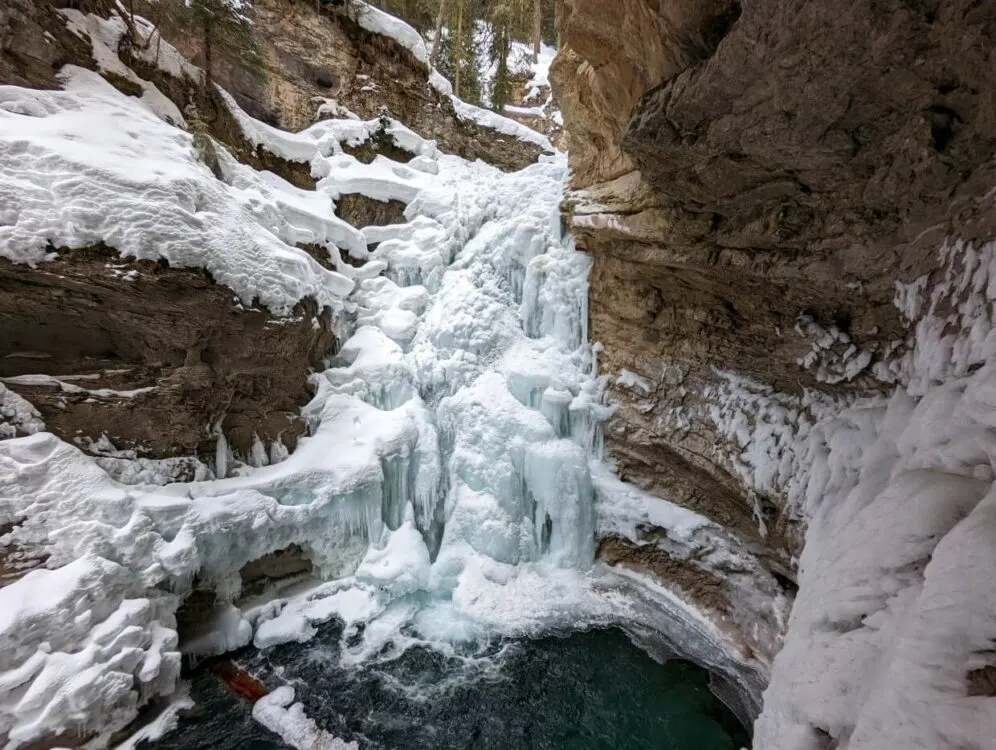
The Best Places to Visit in Canada in Winter
Winter wonderland experiences await all over Canada; it is hard to go wrong in this beautiful country.
After so many winters here, however, I do have some favourite spots for winter getaways in Canada. Here are my picks for the best places to visit in Canada in winter.
- The ultimate Canadian winter experience for many is a trip to a ski resort. Those looking for the quintessential full-service ski village experience should head to Whistler, Sun Peaks, Big White, Mont Tremblant or Blue Mountain. The picture-perfect mountain town of Banff in Alberta offers a choice of three large ski resorts nearby. Adventurous skiers should consider Revelstoke, Kicking Horse or a trip to a backcountry lodge
- Sitting in a natural hot spring surrounded by forest with snow falling from above is one of the most wonderful winter experiences in Canada. Commonly found in the mountain ranges of British Columbia and Alberta, there are also hot springs in Yukon Territory, Vancouver Island and, somewhat surprisingly, Saskatchewan. My favourites are Radium Hot Springs, Liard River Hot Springs and Hot Springs Cove
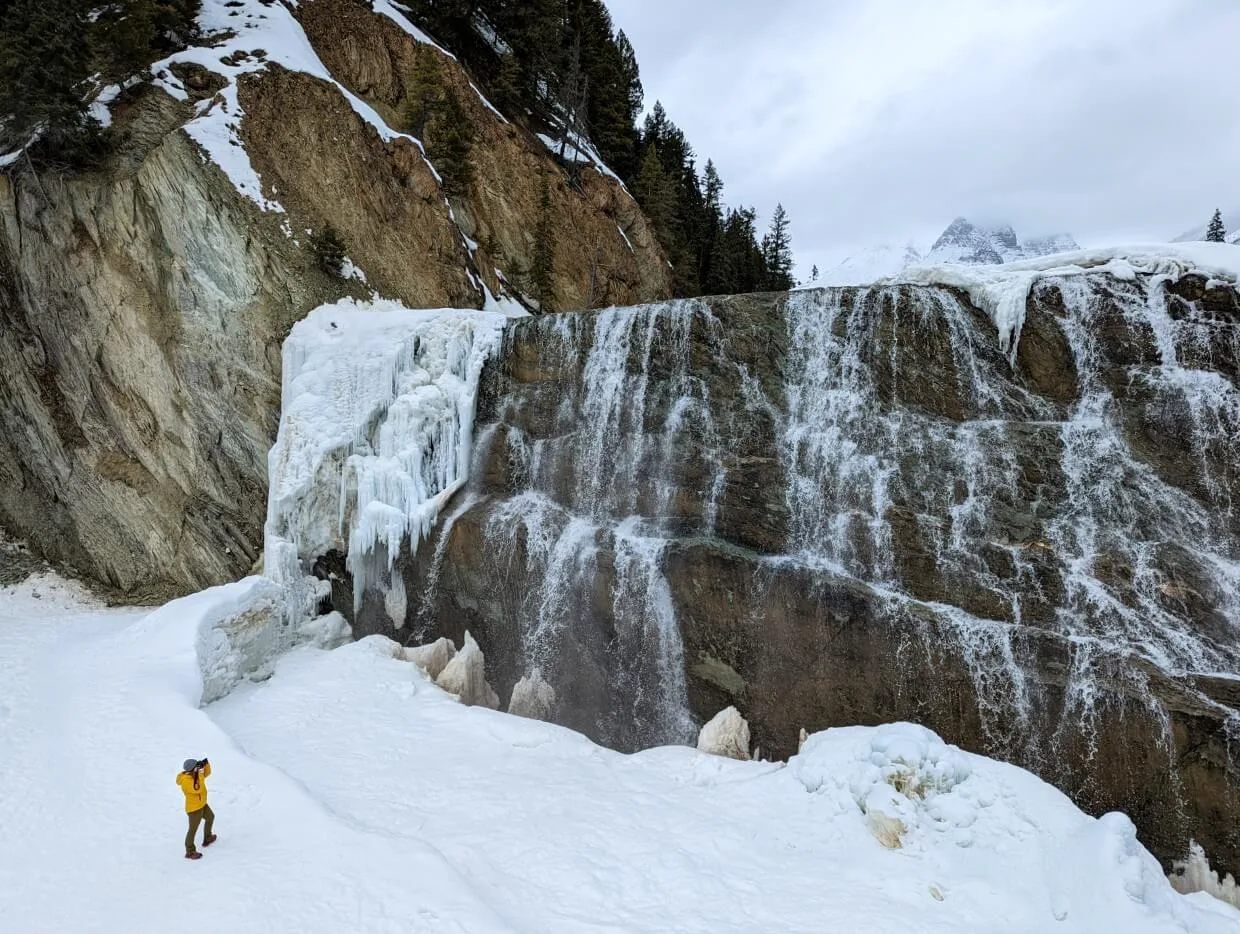
- Niagara Falls is one of Canada’s most popular attractions and it is just as beautiful in winter. In fact, some would argue that it is even more majestic with snowy surroundings. Viewing Niagara Falls is definitely a much quieter experience in winter, with it being possible to have entire viewpoints all to yourself at times
- The major cities (Vancouver, Calgary, Edmonton, Toronto, Montreal and Halifax) are ideal places to visit in Canada in winter. Each has a plethora of museums and other interesting indoor attractions to explore. Winter festivals and events are plentiful, with some examples being Quebec’s Winter Carnival and Winterlude in Ottawa
- British Columbia’s West Coast offers a great alternative to the snow elsewhere. Head to Port Renfrew, Tofino or Haida Gwaii for a winter getaway in Canada like no other. Breathe in the Pacific Ocean air and experience the full force of the winter storms battering the coast. If storm watching from an oceanside cabin isn’t quite exciting enough for you, have a go at surfing
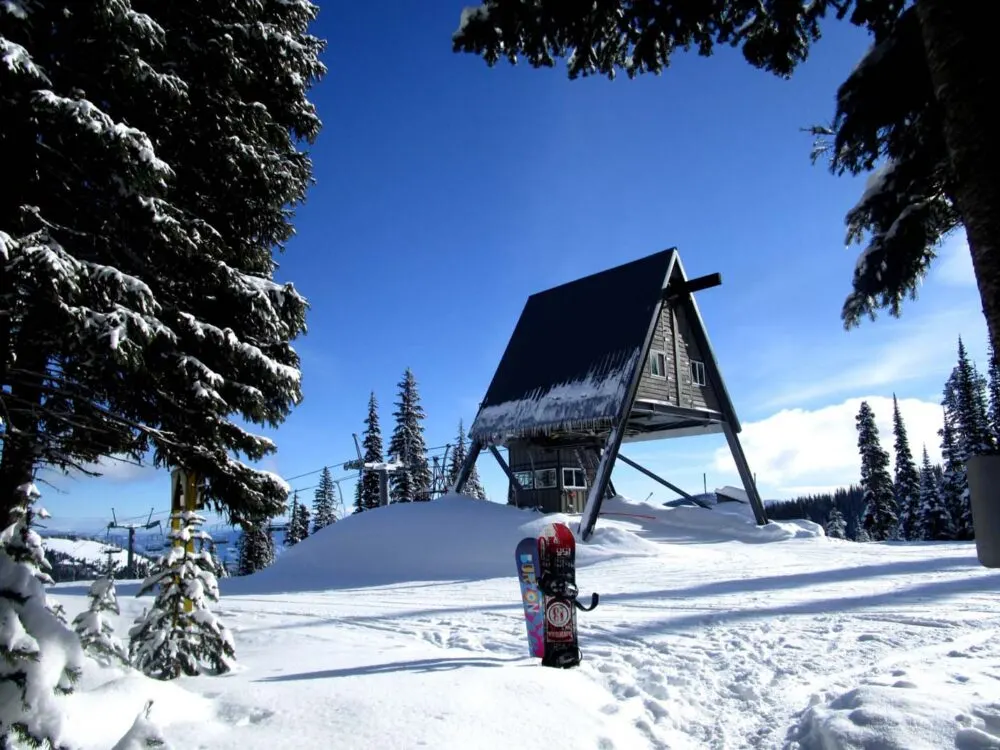
The best things to do in Canada in Winter
In addition to the specific attractions and locations mentioned above, there are amazing experiences to be had all over Canada in winter.
Some examples of interesting and exciting things to do in Canada in winter include:
- Glide through the snowy forest on a skating loop such as the one at Apex Ski Resort in British Columbia
- Try the European spa experience at Thermea in Winnipeg or Nordik Spa near Ottawa
- Watch can-can dancing and chainsaw competitions at the Sourdough Rendezvous Festival in Whitehorse, Yukon Territory
- Skate on the world’s largest naturally frozen skating rink, the Rideau Canal in Ottawa
- Discover frozen waterfalls in Johnston Canyon, Banff National Park, Alberta
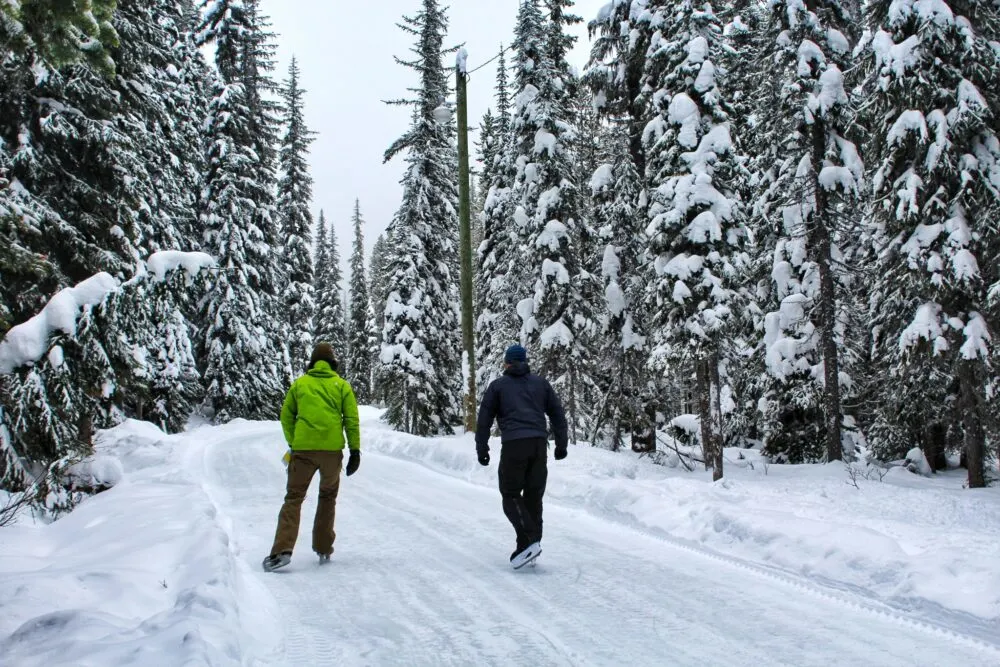
- Explore almost 1,000 kilometres of snowmobile trails including the tip-to-tip Confederation Trail on Prince Edward Island
- Try out the fastest ice track in the world at the Whistler Sliding Centre in British Columbia
- Sleep in North America’s only ice hotel at the Hôtel de Glace in Quebec City
- Snowshoe the Skyline Trail on Cape Breton Island, Nova Scotia
- See the frozen ocean in the Bay of Chaleur, New Brunswick (it is an incredible, almost unbelievable sight!)
Travelling Canada in Winter: Practicalities
Travelling Canada in winter does not come without a few challenges. It is important to be aware of the following before setting out on any winter trip to Canada.
- Winter hours for tourist attractions and services are usually more limited in winter. Some places completely shut down after the summer and remain so until late spring. Always check opening times first before heading out.
- Have a reasonably flexible itinerary that allows for delays. With inclement weather in mind, things may not always run to plan while travelling Canada in winter. Purchase travel insurance (with cancellation coverage) before leaving – we use World Nomads. Getting an online quote from their website is quick and easy.
- Take your time while travelling in Canada in winter. Things move a little slower during this quieter season for good reason. Extreme winter conditions can sometimes make travelling Canada in winter dangerous.
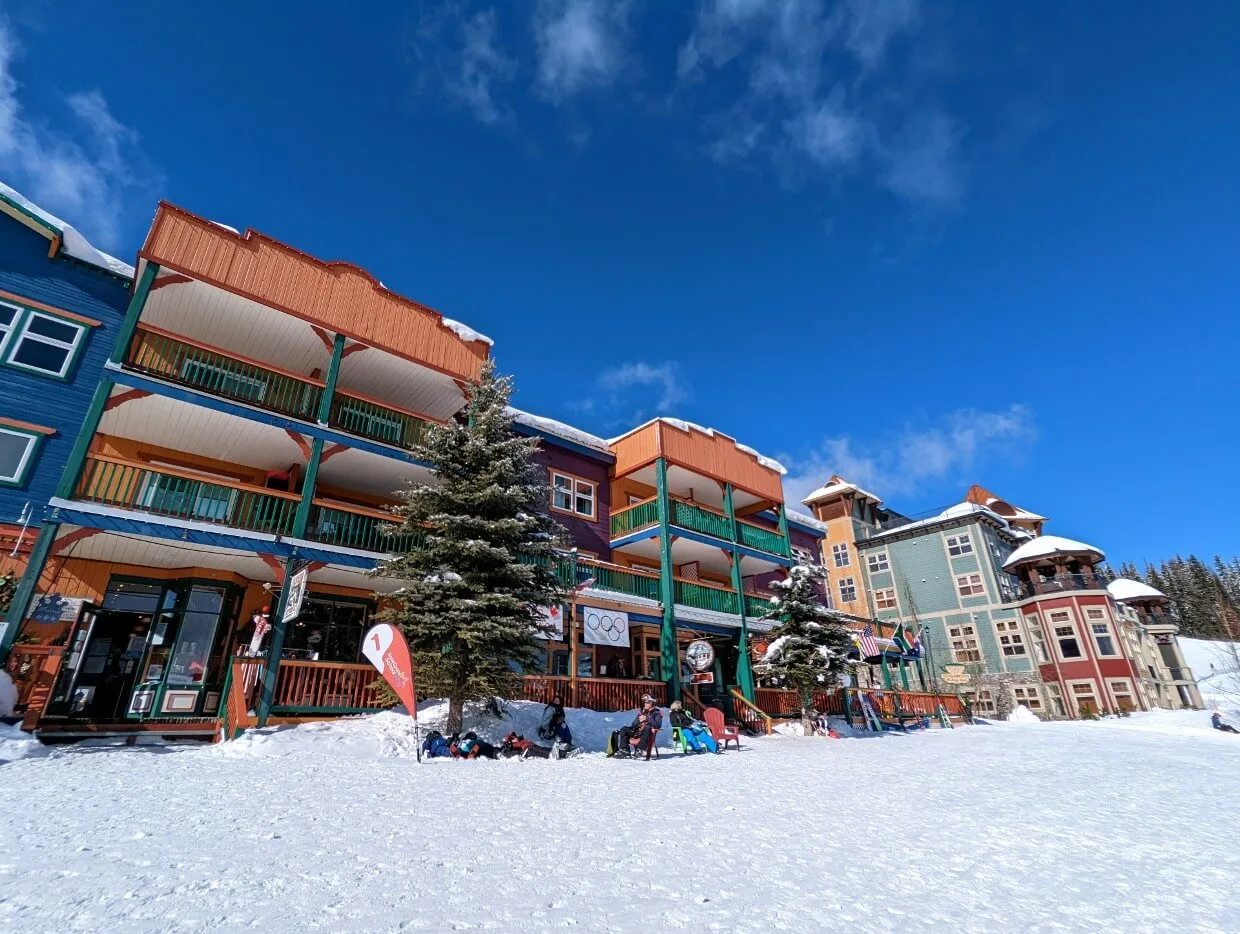
Winter Weather in Canada: what to expect
Being the world’s second-largest country, winter conditions are not the same everywhere in Canada.
When travelling in Canada in winter, be prepared for the local weather.
British Columbia: The western edge of British Columbia experiences the mildest winters anywhere in Canada. The average winter temperature in Vancouver and on Vancouver Island hovers around 5-8c. Southern BC is colder, with some snow expected December to February with more in the mountains. Winter sticks around far longer in the northern interior.
The North: Winter days in Nunavut, Yukon, Northwest Territories are short and cold. Snow is common but in smaller amounts than you may expect for such northern reaches. Blue skies and sunshine should also be anticipated.
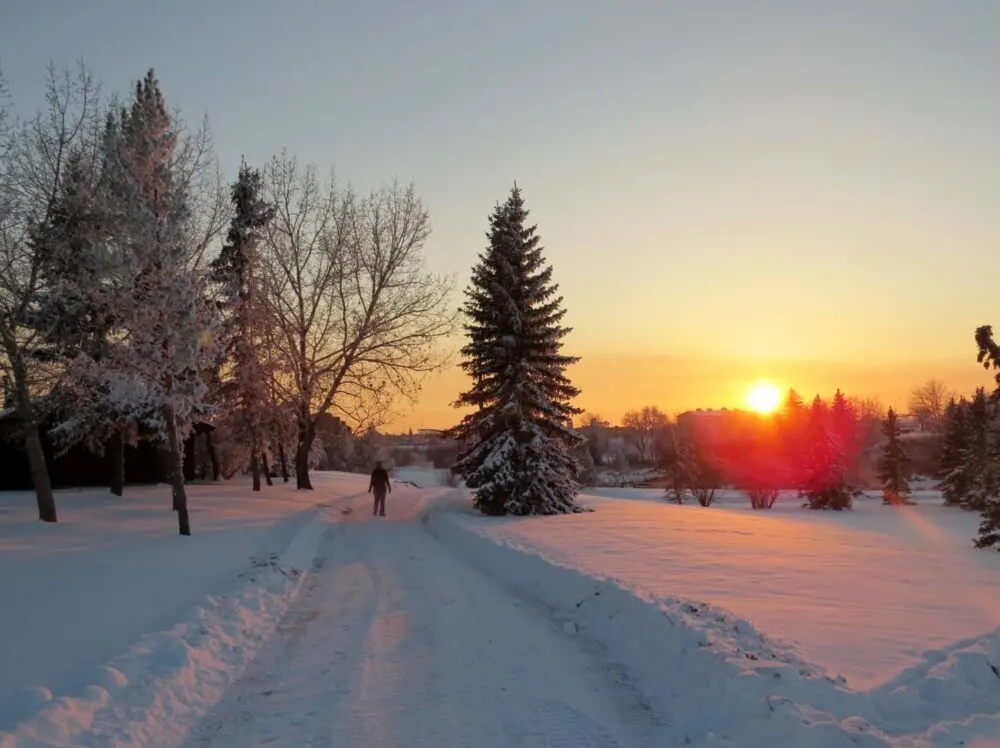
The Prairies: If you’d like to experience what -35c feels like, head for the Prairies. Temperatures in Alberta, Saskatchewan and Manitoba are blisteringly cold, especially with wind chill factored in. Winter in the Rocky Mountains are long; frozen lakes and snow in the mountains is common until June.
Central Canada: Ontario and Quebec have fierce winters, with plenty of snow and freezing weather. The average temperature in Toronto, Canada’s biggest city, hovers around 0c in January and February.
Atlantic Canada: The provinces of Atlantic Canada (New Brunswick, Nova Scotia, PEI and Newfoundland) are regularly hit by winter storms from the Atlantic, bringing heavy snowfall and plenty of minus temperatures.
What to wear while visiting Canada in winter
The key to dressing appropriately for travelling Canada in winter is to wear plenty of clothing layers.
The first reason for this is to allow for easy transitions between outdoors and indoors. You’ll also be warmer – extra insulation is created from warm air trapped between layers.
A warm jacket is essential when travelling Canada in winter. Down insulation is ideal (I use this jacket) if you are travelling in drier regions while synthetic is better suited for environments with more snow and possible rain. Visitors heading to BC’s West Coast (Vancouver, Vancouver Island and Haida Gwaii) should prioritise bringing a waterproof jacket.
Next is some kind of mid layer. This primary purpose of this layer is to provide insulation. Mid layers for the top half of the body are most typically made of polyester fleece or wool, materials known for their insulating properties.
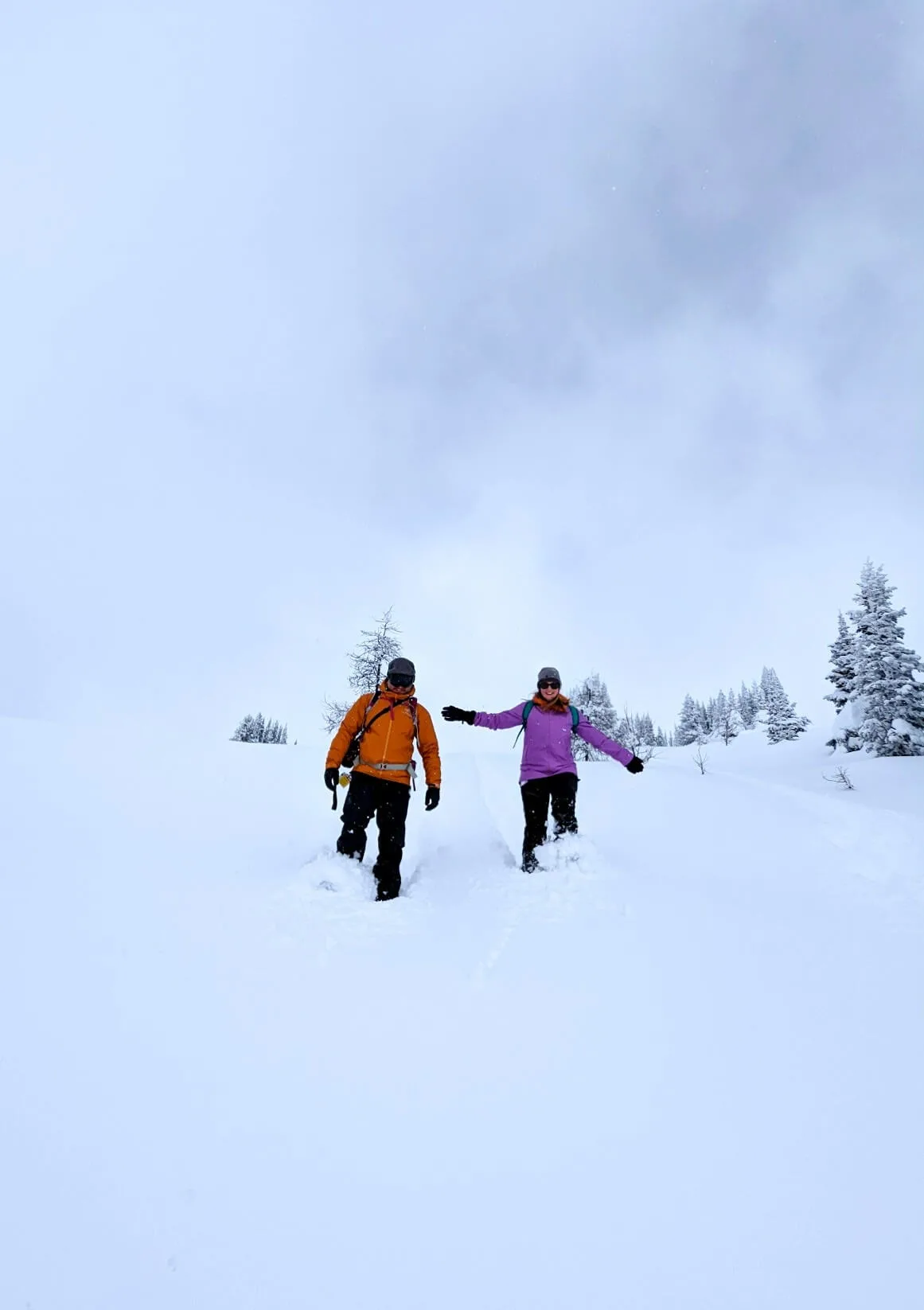
Closest to your skin is a base layer. Also known as ‘thermals,’ base layers are there to wick sweat away and keep your skin dry. Base layers are often made of polyester or wool. Personally, I prefer the latter, as wool has a better warmth/weight ratio and feels better next to the skin.
Covering the extremities of the body in winter is so important. Don’t forget a wool beanie (toque), gloves and a good pair of socks. I love Icebreaker socks for their unbeatable comfort and lifetime guarantee.
Ice grips or cleats to attach to the bottom of your shoes are always a good idea to carry for easier walking in icy areas. I like these ones by IceTrekkers.
It is easier to get sunburned in the winter than you may think – be sure to bring the sunscreen! Sunglasses are also a good idea to avoid snow glare.
For more information about what to wear in Canada in winter, check out our dedicated clothing guide.

Driving in Canada in winter
With ice and snow on most roads, driving in Canada in winter should not be taken lightly. Visitors with zero winter driving experience should strongly consider the risks and potential stress of driving in Canada. It can be dangerous for the inexperienced driver as well as others on the road.
Here are some tips if you do decide to drive on a winter trip to Canada:
- Go slow. Driving in winter in Canada is a slower experience than in summer. You must be prepared for slippery roads, reduced visibility, heavy snowfall and black ice. Road closures are not uncommon. Days are shorter in winter so adjust driving times to make the most of the daylight.
- Be prepared. Roadside services in remote areas adore limited in winter. While driving across Canada in winter, we found a 200km section of Highway 1 with no cell phone signal and no open roadside facilities. Be sure to have an emergency kit with food, water, extra clothing and a first aid supplies.
- Bring appropriate equipment. In some provinces, the use of winter tires is mandatory. Tire chains are a good idea if heading into the mountains of BC and Alberta. Carry jumper cables, a shovel and tow rope. Keep an eye on windscreen washer fluid levels. Maintaining good visibility despite snow, ice, salt and grime while travelling Canada in winter is essential.
Related posts you may find helpful:
65 Cool Things to Do Across Canada in Winter
What to Wear in Canada in Winter: A Complete Guide
8 Must See Places On A Winter Road Trip Across Canada
Essential Travel Tips for a Winter Road Trip in Canada
Snowshoeing 101: A Beginner’s Guide
10 Ways to Explore Ontario’s Winter Wonderland
Like this post? PIN or save it for future reference with one of the below images!
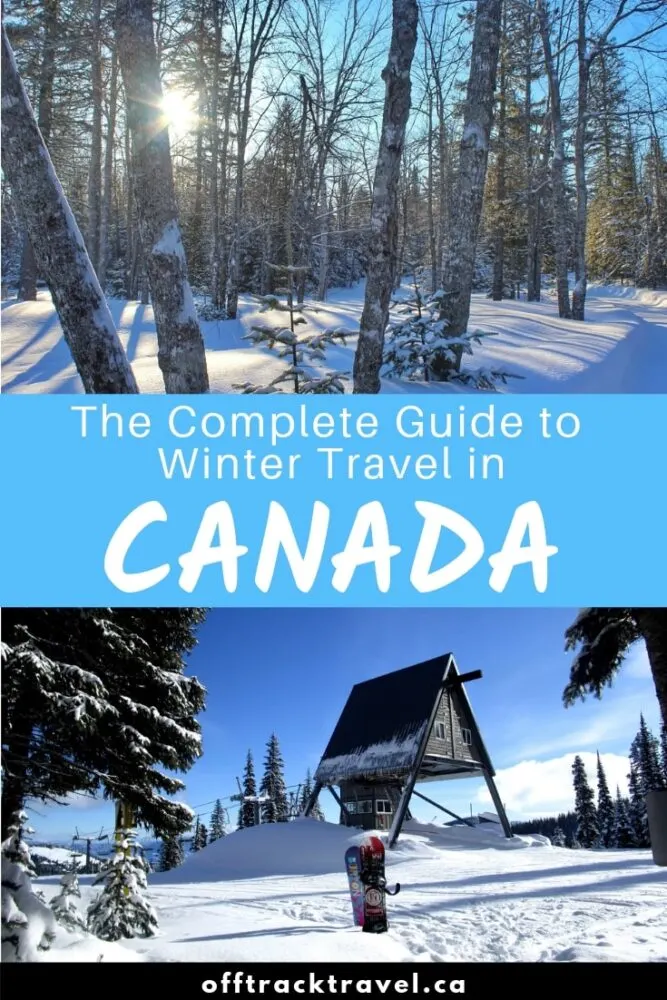

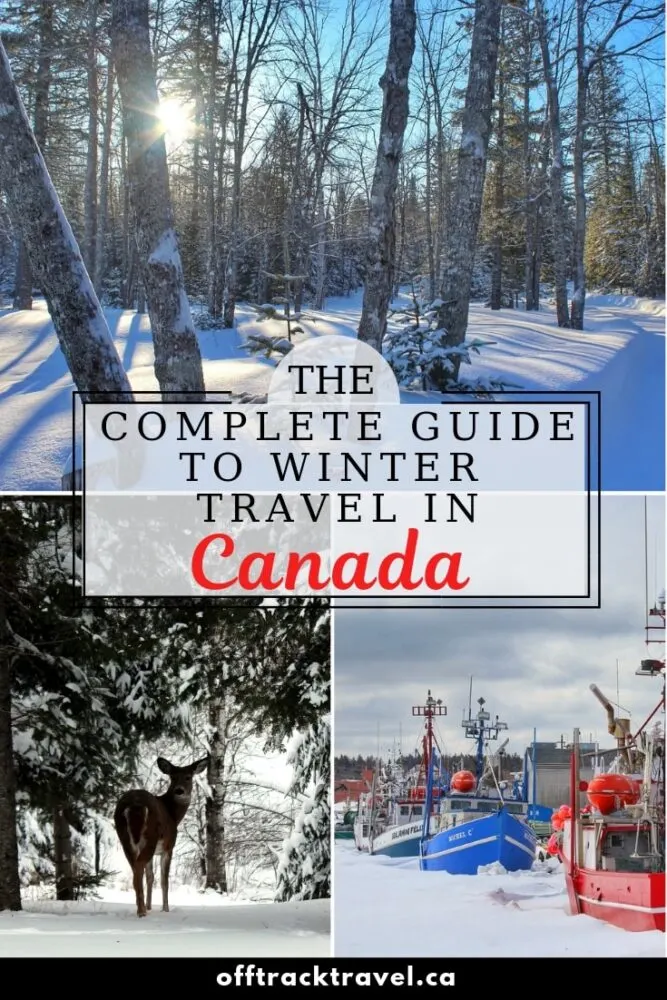
Adventure in your inbox
Subscribe to our monthly email newsletter and receive a round-up of our latest outdoor adventures plus other exciting beyond the beaten path destinations
We never share your information with third parties and will protect it in accordance with our Privacy Policy
Check out these recently published posts:

One half of the Canadian/British couple behind Off Track Travel, Gemma is happiest when hiking on the trail or planning the next big travel adventure. JR and Gemma are currently based in the beautiful Okanagan Valley, British Columbia, Canada

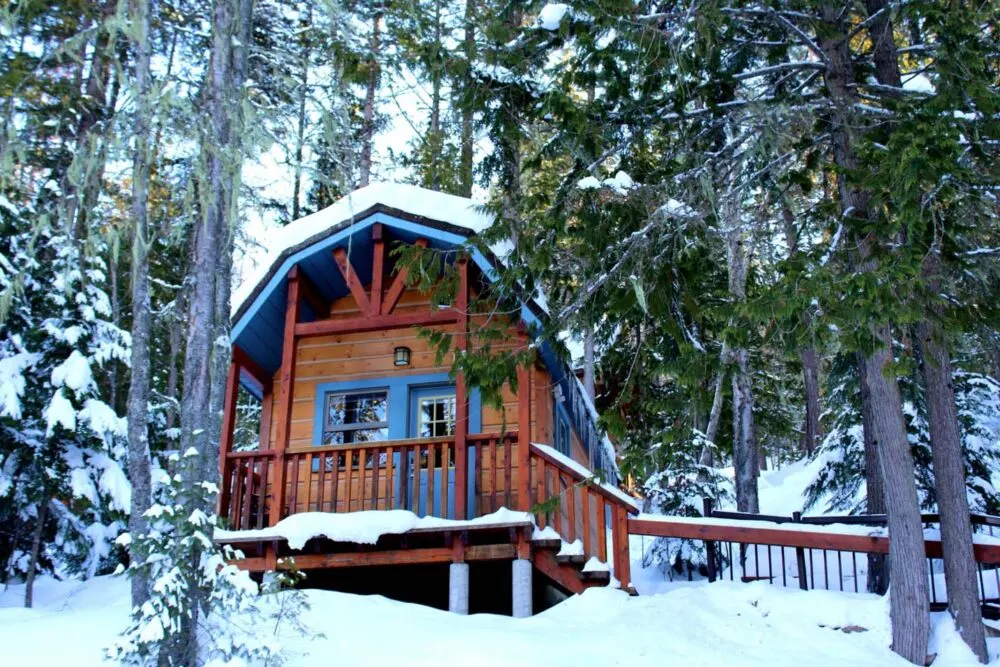
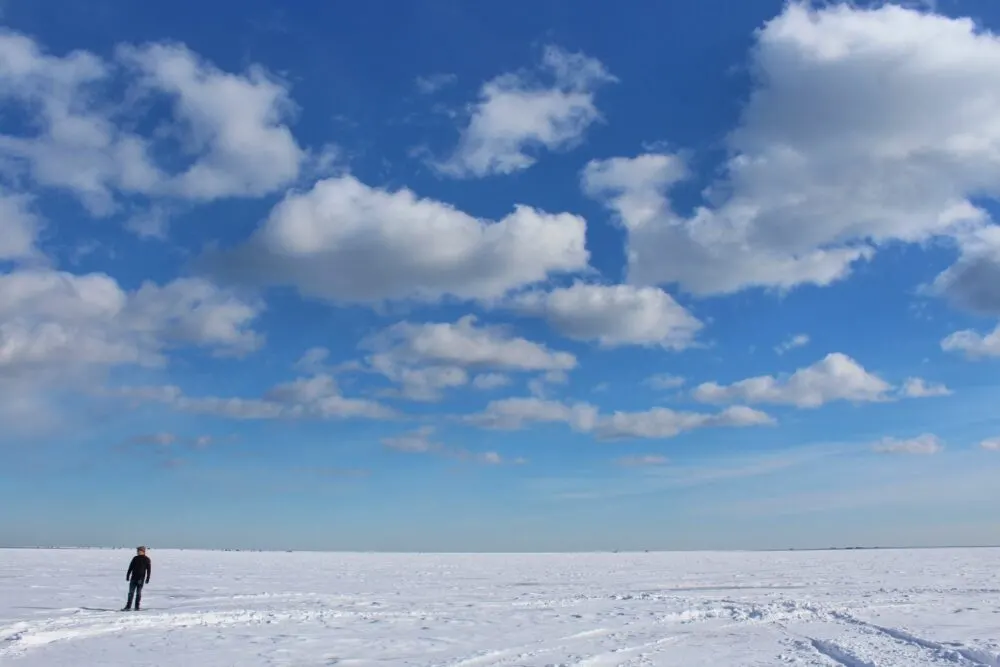
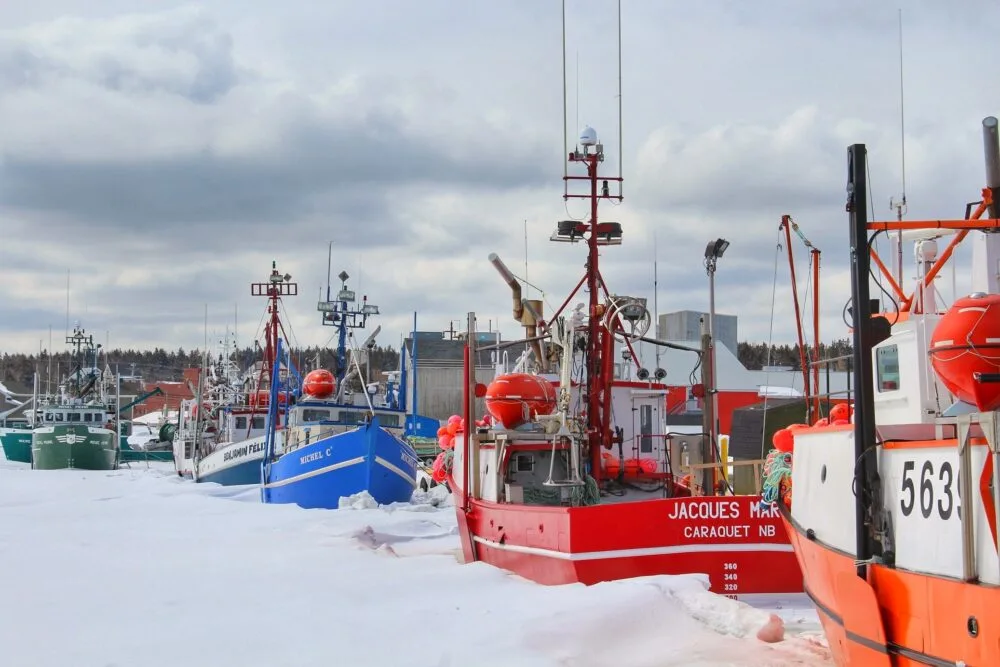




Daniel Merino
Sunday 20th of February 2022
Hi, guys. My name is Daniel Merino. I'm twenty-seven years old and I live in Florida in United States. And my girlfriend is originally from Montreal. And what we love to fly to Canada in winter is we would love to go sledding, snow tubing, make snow Angel's, and have snowball fights. And her extended family members live in Quebec.
Gemma
Tuesday 22nd of February 2022
Sounds like you'll have a fun trip Daniel!